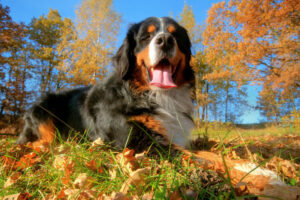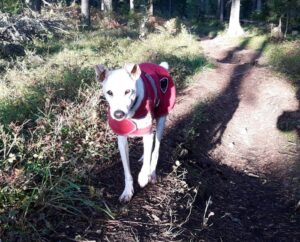Barks Blog
8 Pawsome Autumn/Fall Tips for Dog Guardians

It seems like no time since the year was just beginning and the trees were coming into bud. And yet somehow, despite the scourge of COVID-19, this year has whipped through and we’re almost facing its end already. So with the advance of these beautiful autumnal colors on our trees, what do these changes bring for dog guardians and what can we do to make life just a little bit easier for all of us?
1. Mud!
Autumn, or fall, brings mud! Gone are those lovely warm summer walks with dry roads, pavements and footpaths. There are no clean pooches anymore but just mud magnets, which mean filthy cars, mats, and carpets – in fact anything they make contact with! I recommend you invest in some microfiber towels which wick the moisture from your pet. They really do work great. Keep the towels in the car for the end of your walk or near the door for when you get back inside the house. Keep a separate box for your car, so you can dump your boots and wet gear straight in there after a wet walk.
2. Dark Nights
Don’t forget that you can’t be seen easily now that the clocks have changed in many locations. Invest in some hi-viz gear or flashing light collars, leashes and coats for your dogs – there are lots of options available that make it so much safer if you have to take a later evening walk.
3. Indoor Play
Think about what else you and your dog can do together on those really nasty days when it’s cold, grey, or pouring with rain. When it’s thoroughly miserable, your dog might not actually appreciate going out either! You can still have loads of fun and exercise the mind rather than the body. Hide and seek, concealing items or food in boxes, using activity toys or brain games can be great fun and enhance your relationship – and you’ll stay dry!
4. Coats?

Coats are not simply for wimps! If your dog has a single coat, a thin coat, is older, is arthritic, or particularly feels the cold, don’t neglect purchasing a coat. There are many types available, from a simple rain coat to something that is much more thickly padded. Similarly, think whether your dog actually does need a coat if he has a thick and oily coat of his own, because he could overheat quickly.
5. Is Your Dog Warm Enough?
Your dog may be toasty during the summer months but what about now? Do you need to increase the blankets, move his bed somewhere less drafty, or buy a totally new bed? Consider your pet’s age, breed and general health status. Feeling the base of your dog’s ears first thing in the morning can give a good general indicator of warmth.
6. Allergies
Seasonal allergies can still be an issue. If your dog is a sufferer, he may still continue to have problems in the latter part of the year due to some residual pollens floating about, as well as molds and spores.
7. Grooming
Many dogs will be actively changing their coat around this time of year and may require grooming to remove the undercoat and allow a new coat to come through. Using the correct tools to facilitate this will encourage oil production and ensure that his coat doesn’t become matted, his skin can breathe, and that he does not have any wounds, injuries or parasites.
8. What They Eat
Of course, autumn/fall means that lots of tempting things fall from the trees. In the UK, this can include conkers and acorns, both of which are highly tempting for dogs to pick up but that are also toxic. Be very vigilant on walks and also in gardens by removing any poisonous material or fencing it off. Having a great ‘leave’ cue works wonders here. Keep watch on your dog’s weight also. Some dogs will lose or gain weight at different times of the year and you will have to adjust their rations as necessary.
